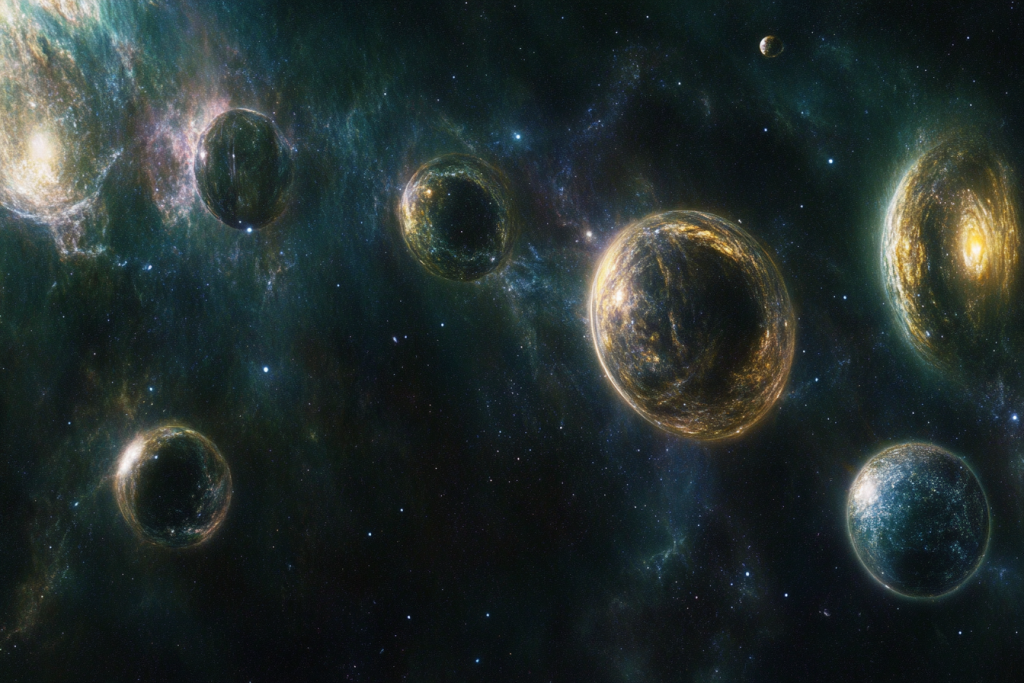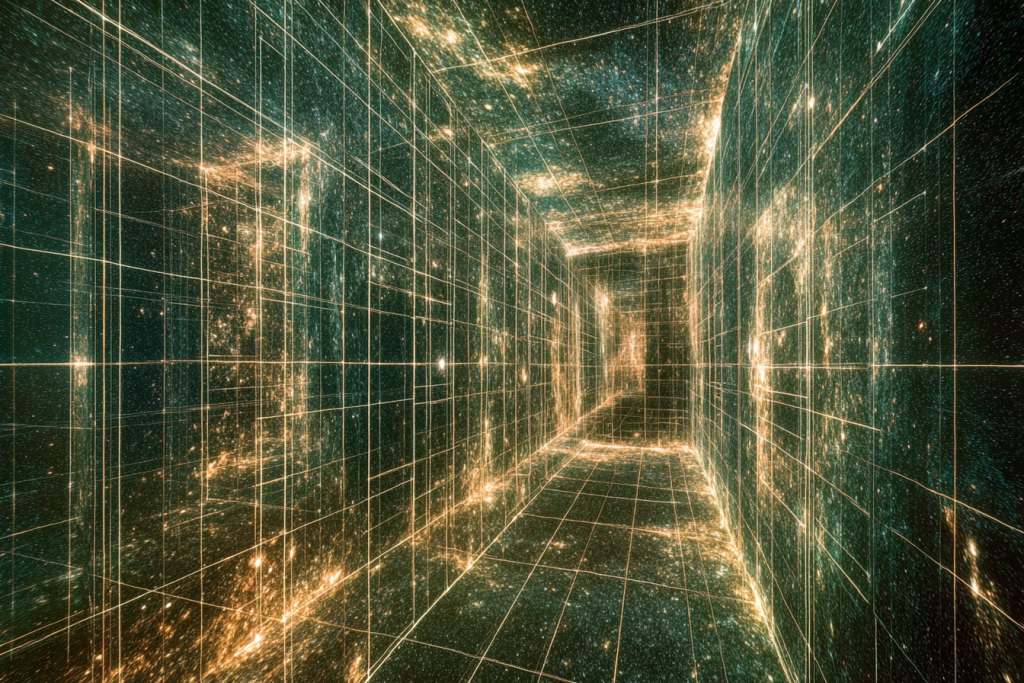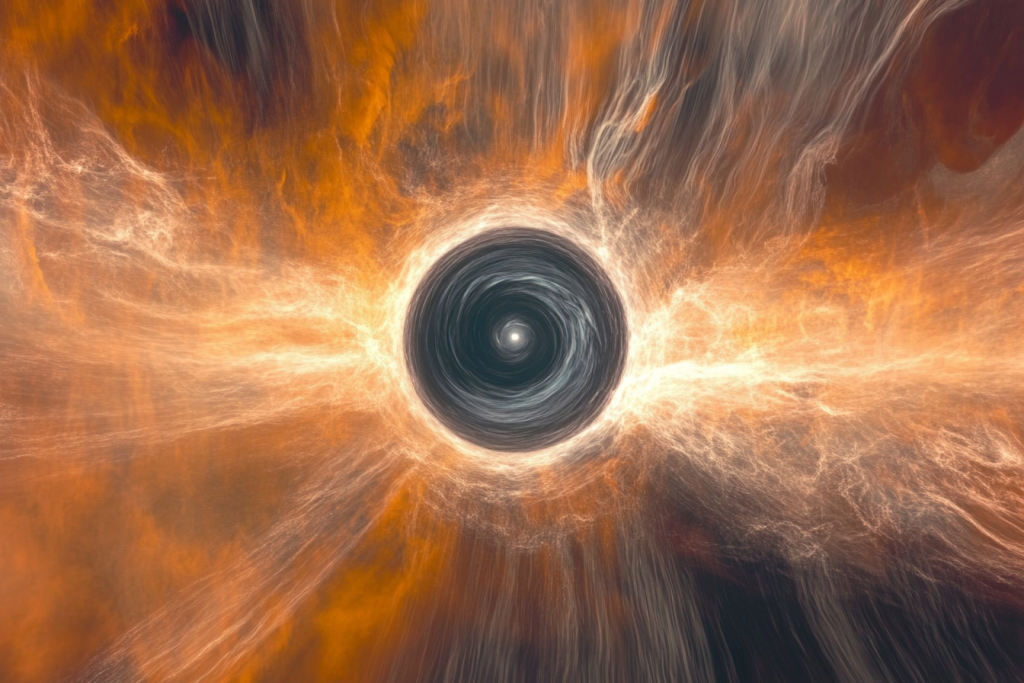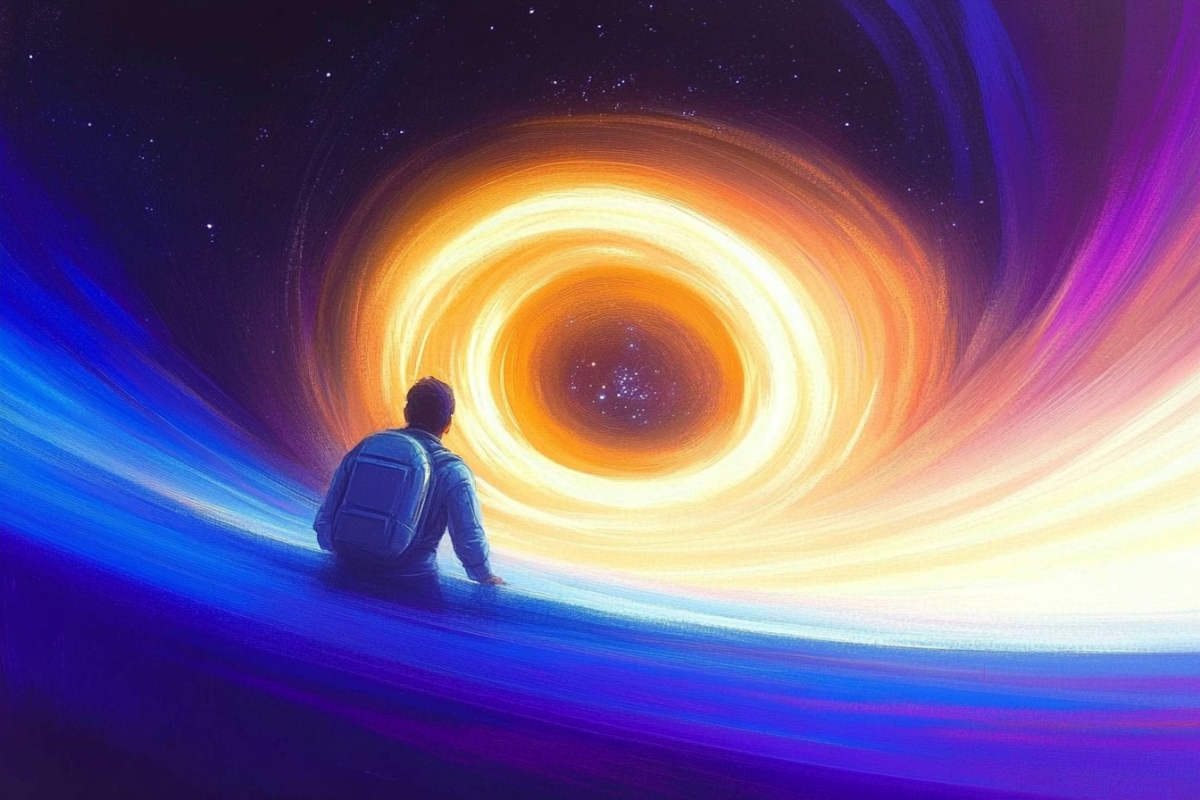
The universe is filled with bizarre and unexplained phenomena that continue to baffle even the brightest minds in science. From strange radio signals to cosmic structures that defy physics, these celestial oddities push the boundaries of our understanding. Some of these mysteries hint at unknown forces at play, while others challenge the very fabric of space and time. Here are some of the most mind-bending cosmic anomalies that have scientists completely captivated.
The Great Void: A Cosmic Desert in Space

Deep within the universe lies an immense region nearly devoid of galaxies, known as the Great Void. This colossal emptiness stretches for hundreds of millions of light-years, defying the expected distribution of matter in the cosmos. Scientists struggle to explain why this vast expanse exists, as it contradicts the standard models of the universe’s structure. Could this void be a sign of hidden forces we have yet to discover?
Tabby’s Star: The Flickering Mystery

One of the strangest stars ever observed, Tabby’s Star dims and brightens in ways that defy logic. Unlike typical celestial bodies that follow predictable light fluctuations, this star’s erratic behavior has fueled speculation of megastructures built by an advanced alien civilization. While scientists lean toward natural explanations, such as swarms of comets or dust clouds, the mystery remains unsolved. What could be causing such an irregular cosmic light show?
The Wow! Signal: A Message from the Stars?

In 1977, a powerful radio signal was detected from deep space, lasting for just 72 seconds. Dubbed the “Wow! Signal” because of the astronomer’s shocked notation, it has never been heard again. The transmission came from a region with no known planets or civilizations, leaving experts puzzled about its origin. Could this be an interstellar greeting from another intelligent species?
The Boötes Void: A Place Where Nothing Exists

Even more perplexing than other empty spaces in the cosmos, the Boötes Void is one of the largest known cosmic voids. This region, almost completely lacking galaxies, challenges the idea that matter should be evenly spread throughout the universe. Scientists estimate that, based on its size, it should contain thousands of galaxies—yet it holds only a handful. Is this a cosmic accident, or evidence of something far more mysterious?
Fast Radio Bursts: Signals from the Unknown

Mysterious and powerful, fast radio bursts (FRBs) are short bursts of energy from deep space, lasting just milliseconds. While some repeat in strange patterns, others have never been detected again, making their origins nearly impossible to trace. Some theories suggest they come from magnetars—highly magnetized neutron stars—while others entertain more exotic possibilities. Could these bursts be artificial, sent from an unknown cosmic intelligence?
Dark Matter: The Invisible Glue of the Universe

Scientists believe that most of the universe is made of something they can’t see—dark matter. Though it doesn’t emit, absorb, or reflect light, its gravitational effects can be observed across galaxies. Despite decades of research, no one has been able to directly detect or identify what dark matter truly is. Could it be a new form of physics, or are we missing a fundamental piece of the puzzle?
The CMB Cold Spot: A Scar from Another Universe?

The cosmic microwave background (CMB) radiation is the oldest light in the universe, but one region stands out as abnormally cold. Some theories suggest it could be the result of a massive cosmic void, while others propose it may be a “bruise” from a collision with another universe. If true, this could be the first evidence of a multiverse—a mind-blowing revelation that reality extends beyond our own cosmos.
The Hercules-Corona Borealis Great Wall: A Structure Too Big to Exist

Spanning billions of light-years, the Hercules-Corona Borealis Great Wall is the largest known structure in the universe. According to current models of physics, nothing this massive should have formed in the time since the Big Bang. The existence of this immense cluster of galaxies challenges our understanding of how matter organizes itself on a cosmic scale. Could it be a sign of unknown forces shaping the universe?
The Hubble Tension: A Universe in Conflict

The universe is expanding, but scientists can’t agree on how fast. Different methods of measuring the Hubble constant—the rate of cosmic expansion—keep producing conflicting results. This discrepancy, known as the “Hubble Tension,” suggests that our current understanding of physics may be incomplete. Are we on the verge of discovering new laws of the cosmos?
Oumuamua: The Interstellar Visitor

In 2017, astronomers detected an object speeding through our solar system unlike anything seen before. Named Oumuamua, this elongated, tumbling rock came from interstellar space, yet it lacked a clear explanation for its sudden acceleration. Some scientists speculated that it could be an alien probe, while others argued for more natural causes. Whatever it was, it left more questions than answers.
The Impossible Galaxies: Too Old to Exist

Recent observations have discovered galaxies that appear far older than they should be based on the universe’s estimated age. These galaxies, packed with mature stars, formed suspiciously fast—challenging our timeline of cosmic evolution. Did the early universe grow at an unexpected rate, or are we missing a key part of how galaxies form?
The Galactic Supervoid: A Dark Patch in the Sky

An enormous, nearly empty region of space exists within our own galaxy, stretching across hundreds of millions of light-years. This strange absence of matter, known as a supervoid, is far larger than what should naturally occur. Theories range from a gravitational anomaly to something far stranger, like an imprint left by an ancient cosmic event. Could this be evidence of unknown cosmic forces?
The Rotating Black Hole Paradox

Black holes are already among the most mysterious objects in the universe, but some appear to spin at speeds that defy theoretical limits. These super-fast rotating black holes may reveal hidden physics that go beyond Einstein’s equations. If scientists can crack their secrets, we may unlock entirely new aspects of spacetime itself.
The “Shadow” Universe Hypothesis

Some physicists believe there may be an entire parallel universe that we cannot see, interacting with ours through subtle gravitational effects. This “shadow” universe could explain anomalies like dark matter and unexplainable cosmic structures. If such a parallel reality exists, it would fundamentally change our understanding of space, time, and existence itself.
The Expanding Universe’s Strange Acceleration

Not only is the universe expanding—it’s speeding up, as if an unknown force is pushing it outward. Scientists have named this force “dark energy,” but its nature remains a complete mystery. If we can determine what’s behind this acceleration, we may uncover one of the greatest cosmic secrets of all time.
Reality Beyond Imagination

The cosmos is filled with mysteries that challenge our understanding of existence itself. Each new anomaly offers a glimpse into the unknown, pushing the limits of science and forcing us to question everything we believe about space, time, and reality. Whether these puzzles eventually lead to groundbreaking discoveries or remain unsolved enigmas, one thing is certain: the universe is far stranger than we ever imagined. What other secrets might be waiting to be uncovered?





